
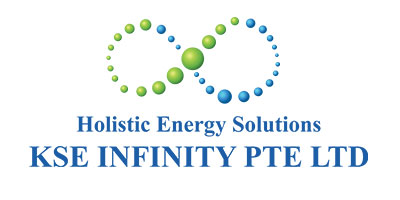
About KSE Infinity
Improving energy efficiency in complexes using a Balanced Wave Technology (BWT)
Visit KSE Infinity site Download KSE Infinity presentation file- Reduction of 8 to 15% of electricity consumption
- Clean Energy Flowing energy is cleaned continuously. We also promote renewable energy for a sustainable environment
- Multiple Applications It can be used for industry, commercial and residential purposes
- Long Life Time The highest grade of material is used to build our solutions, thereby ensuring long life usages
- Low Installation Cost The expert team will help with the system installations and our competitive pricing will make it in a cost effective way
- Seamless Installation Installations are seamless and do not affect maintenance and normal operations
- Low Maintenance Cost It practically requires no additional maintenance
- Capital return rate 2 years
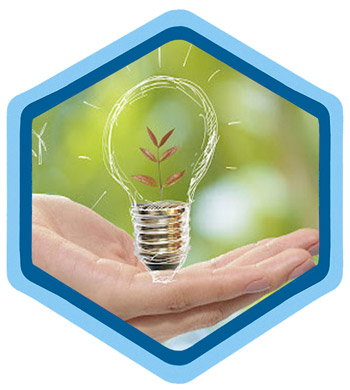
Products


Product Spacifications

Applications

Transformers

MV Chillers

MV Motors
2. Low voltage industrial equipment


Product Spacifications

Applications

3. Single phase equipment


Product Spacifications

Applications
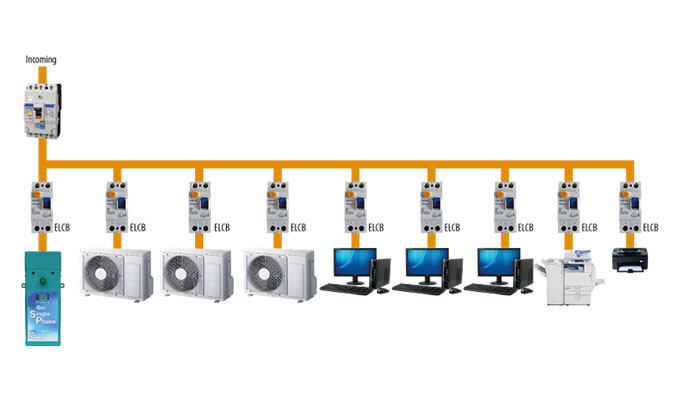
These Days industrial energy users are under pressure more than ever to achieve the stringent goals of reducing energy consumption and carbon emissions. Because of the number and power, equipment in petrochemical and oil industry consume a lot of energy. In the case of electromechanical equipment, variable frequency drive technology and superconducting transmission lines are not able to increase the energy efficiency of fixed load systems. In this situation, balanced wave technology (BWT) is proposed as a solution to overcome these limitations.
The use of the BWT optimizer in the electric motor switchboard has shown a reduction of about 10.46% in energy consumption over a 5-week monitoring period. The energy savings will continue to improve and optimize after the 12th to 16th week. After that, the energy savings should stabilize and the BWT optimizer will go into a maintenance mode. In addition to petrochemical plants, other industries that use constant load equipment in production processes, can also benefit from this new technology.
Production in these industries is a complex process and involves high temperatures and working pressures, so the production process requires large amounts of energy and capital. International Energy Agency reports show that increasing energy efficiency between 2000 and 2016 will reduce global energy consumption by 12%. For such high energy user industries, the challenge of further reducing carbon emissions cannot be based solely on the use of renewable energy. As a result, increasing electrical energy efficiency in major consumption centres requires the introduction of new energy saving technologies as complementary and holistic approach towards energy savings. BWT optimizer therefore represent a unique and perfect solution to target the low hanging fruit in terms of energy efficiency. Typical payback is around 2 years, depending on usage and energy tariff rates.
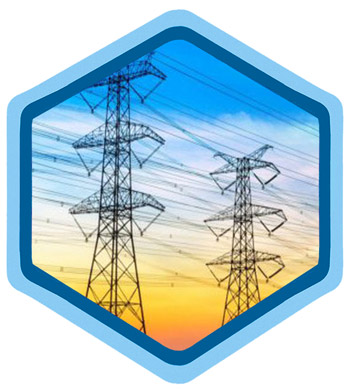
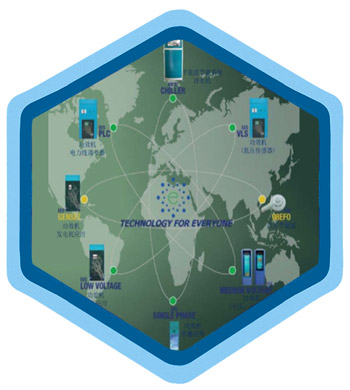
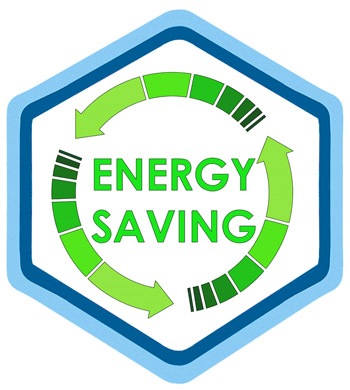
A practical step to increase energy efficiency is to minimize energy loss in existing systems that use electric motors as actuators. The reasons for energy loss in electromechanical systems vary due to differences in internal components and variables affecting their performance. Most current methods to improve the efficiency of these systems focus on reducing the major losses due to the mismatch between the output power of constant speed motors and the mechanical power required by electromechanical systems. In cases where the maximum constant speed power is not used, the use of variable frequency (VFD) drives can reduce energy consumption by 30% to 50%. VFDs can change the frequency and voltage and adjust the speed to properly load the electromotor, thus preventing the generation of unused power. But the operation of this system itself may require a significant amount of energy and harmful energy such as harmonics are also introduced.
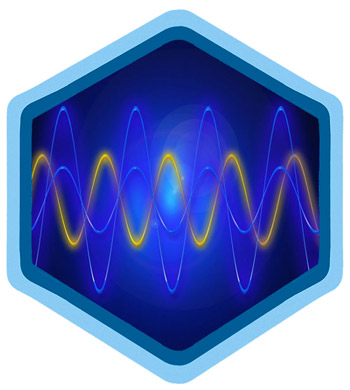
If the fluid flow rate cannot be changed or reduced, the system in turn wastes more energy and incurs higher costs to maintain a constant output. Other methods, such as resizing the internal specifications of the mechanical section, replacing it with less powerful equipment, do not offer a comprehensive approach to reducing overall energy consumption. To solve this particular problem, the electrical energy input system to the electric motor can be optimized with balanced wave technology (BWT), which can significantly reduce energy consumption in both types of systems with variable and constant loads. BWT can be used especially for fixed load systems such as those used in petrochemical plants. However, it should be noted here that loading is also very much dependent on changes in operating and ambient parameters whose inter-relationships are often nonlinear and interactive in nature.
Part of the loss of the electrical transmission system is due to the electrical resistance of the conducting lines, which is due to the friction of the electrons hitting the atoms. Cables that transmit higher currents generate more heat due to resistance losses, and also cause more energy loss due to the joule effect. Although choosing the right cable size can reduce losses, some technical losses will occur in the form of heat and noise after loading the system. So instead of focusing on different parts of the electromechanical system, such as motors, pumps, compressors, valves, pipes, and control systems, BWT can save energy for the entire system.
from a powerful light source can be collected in a balanced wave system. In the interaction of light and matter, fluctuations in light intensity, change the kinetic energy of electrons separated from the metal. Photons can change the magnitude of momentum and the motion of free electrons to concentrate the current along the conductor and Increase the wavelength of the free electrons (for low voltage applications, power factor is observed to immediately improved significantly and further improve at the 12th to 16th week after optimization).
The basis of BWT work is the accumulation of artificial infrared wavelengths on a semiconductor composed of PLZT and optical ceramics and then irradiated with a small light pulse, pulsed to the transmission line connected from the power source to the energy consumer. The BWT test also requires an overload protection system.
It is worth mentioning that BWTS has safety certificates from the following centers:
Europe (CE) – TÜV Rheinland Group (TÜV)
Some examples of studies on the use of BWT in electric motor water pumping systems are shown in Table 1 and show a reduction in energy consumption of 8.6% to 12.0%. BWT performance is best when it is applied to an engine for a specific period. The start-up period (induction period) varies from 12 weeks to 16 weeks depending on engine efficiency, old and new system and equipment conditions, operating routine and network cleanliness. System energy efficiency has gradually improved due to the cumulative effect of BWT. Therefore, among the upgraded systems of the three companies with BWT, the length and continuity of operation of SNC-Lavalin achieved the most energy savings. With the use of BWT, in addition to saving energy, the temperature of the motors is reduced by almost 2 degrees Celsius, ceteris paribus, and as a result, the service life of the electric motors is increased, the temperature of the transmission system is lower, less power is lost in the form of heat. Line temperature, resistance will also decrease. This shows that BWTs reduce electron friction.
It should be noted that in addition to large industrial applications, this system can be installed on systems such as chillers, refrigeration systems, packaging lines and any system that does not consider resistivity as a useful characteristic of the system (such as electric heaters).
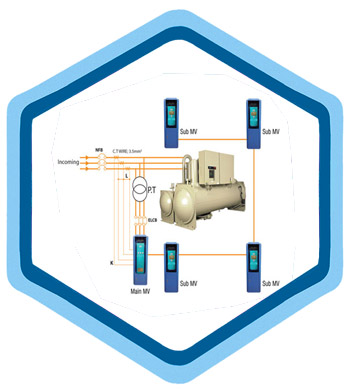
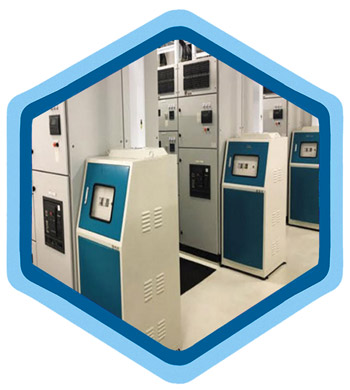
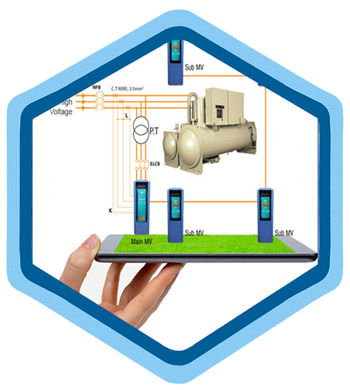
Also using BWT will decrease CO2 emission by 1mt for 1mwh reduction in electricity consummation (this depends on the power plant and distribution lines efficiency).
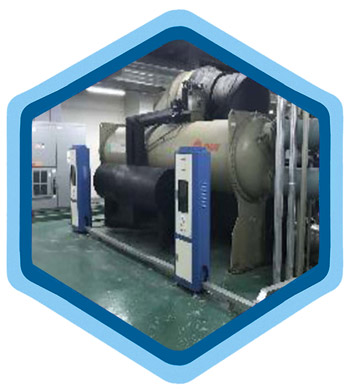


 فارسی
فارسی